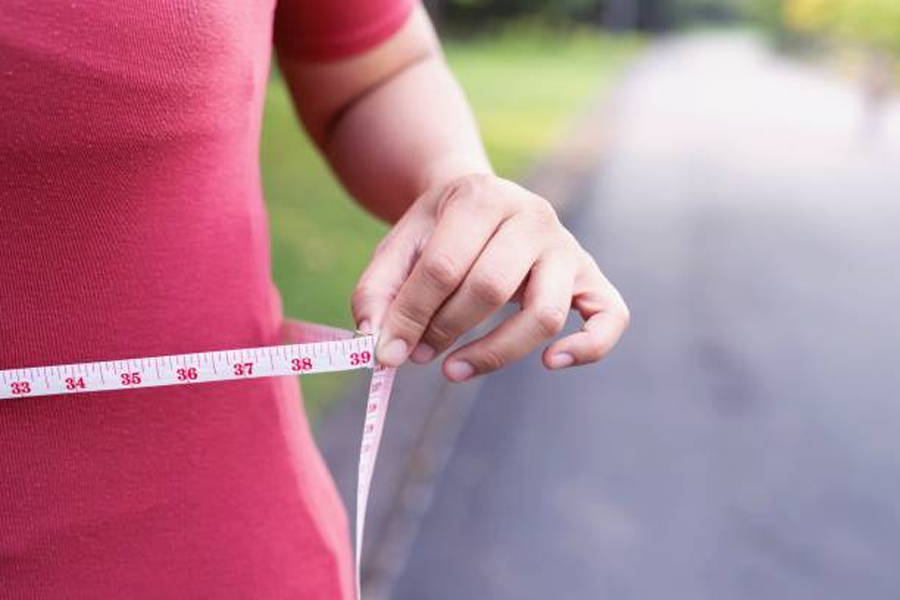
Reducing body fat is an excellent way to improve your physical and mental health plus make yourself look better at the same time. The question is, how do you do it efficiently and in a safe manner?
Before you start reducing your body fat, you should measure it. After you know what body fat levels you are dealing with, you can reduce them by switching to a low-carb diet. It would be best also to supplement your new diet with regular workouts. If you want a faster solution, consider doing high-intensity interval training. Other than that, you can make your fat loss more effective if you practice nutrient timing.
Now that you know the main points, you can explore these suggestions below and use them to make your excess body fat disappear. Here are some scientifically proven ways to lower your body fat to the desired level.
Learn Your Body Fat Level
You should measure your body fat level to know how much of it you can lose safely. There are plenty of ways to do it, but the cheapest one involves using skinfold calipers. For this method, you’ll need to get a pair of calipers and find someone who knows how to measure body fat. If none of your friends or family members knows how to do that, it might be a good idea to ask around at your local gym. Many personal trainers know how to use calipers and measure body fat levels.
If you prefer something more straightforward and convenient, you can always buy a body fat scale. You can use it at home without anyone else’s help. On the other hand, cheap body fat scales might not be that precise, so you may be forced to get a more expensive model.
Alternatively, you can always have a medical specialist measure your body fat levels for you. The body-fat analysis is not the cheapest option, but it eliminates any chances of you making measurement mistakes. To guarantee quick and accurate results, pick a clinic with a good reputation and a professional staff, such as SonChau Medical Group Orlando.
Once you know how much body fat you have, you can use these scientifically proven methods to reduce the amount of it:
Switch to a Low-Carb Diet
When it comes to losing excess body fat, low-carb diets — such as the keto diet — are among the most efficient approaches you can take. In fact, research has shown that a low-carb diet for the first 6 to 12 months is better in causing rapid weight loss than other approaches. If you are not familiar with the term “ketosis,” it refers to the metabolic state in which your body uses ketones for energy instead of glucose. Ketosis is achieved when your carb intake is significantly reduced, and your body has no choice but to access stored fat and use it for energy.
Low-carb diets typically allow for a maximum of 10% of calories to come from carbohydrates. In comparison, a typical high-carb diet involves getting between 45% or more of your calories using carbs. As you can see, such a diet is a massive change, so it might be a good idea to consult with your doctor before you commit to it.
Do Regular Workouts
Although a correct diet is proven to be the most effective way of losing body fat, you can make your fat loss process more efficient by adding workouts to the mix. The good news is that any type of training will do. For example, you can go for a run, lift weights, or even do some cardio exercises at home.
A suitable exercise regime will help you lose body fat and improve your overall health and mood. Just make sure that you are exercising regularly. Generally, it means at least a few times a week for about 30 minutes each.
Try High-Intensity Interval Training
Working out at regular intervals offers the best results in the long run. Nevertheless, you might prefer to do exercises that give you visible effects as quickly as possible. High-intensity interval training, or HIIT, is one of the most popular workout routines because it is a highly effective and efficient way to lose body fat. It involves performing bursts of very intense exercises alternated with shorter periods of low-intensity activities. A good example here would be mixing sprinting with relaxed jogging. Sessions are usually short but result in a massive amount of burned calories.
A 2015 study suggests that high-intensity interval training significantly boosts your post-exercise resting energy expenditure. In simple terms, your metabolic rate is higher than usual long after you finish your HIIT session.
Practice Nutrient Timing
Nutrient timing is all about making sure that you are eating the right foods at the right time. It means that you should be consuming most of your carbs early in the day to provide yourself with the energy. If you consume too many carbs later in the day, your body won’t have time to store them as glycogen and turn them into fat instead. Alternatively, you can replace your morning carbohydrates with high protein breakfast. A study from 2013 concluded that breakfasts rich in protein could make you feel full longer and reduce nighttime snacking.
Conclusion
As you can see, there are many scientifically-backed options to choose from to reduce body fat levels. Although it’s not necessary, it is possible to do all of these things at once for faster results. Nonetheless, you can still reach your goals even if you only focus on one or two of these methods.
If you’re having trouble getting started, consider looking around for some professional help. A qualified trainer or nutritionist can help you create a personalized approach that fits your specific situation. And remember, if you have any conditions that might conflict with these approaches, discuss the matter with your doctor first. Good luck!

